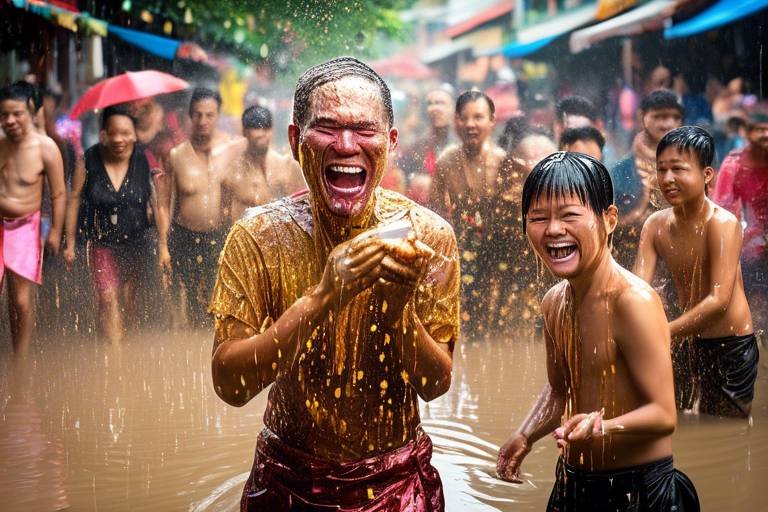Discovering the Ancient Traditions of the Navajo Nation Fair
The Navajo Nation Fair is a vibrant celebration that delves deep into the ancient traditions and cultural heritage of the Navajo people. This annual event serves as a significant platform for showcasing the rich history and traditional practices that have been passed down through generations. As visitors explore the fairgrounds, they are immersed in a world where the past seamlessly intertwines with the present, offering a unique insight into the enduring spirit of the Navajo Nation.
Steeped in history and tradition, the Navajo Nation Fair traces its origins back to the early 20th century when it was first established to honor the resilience and cultural identity of the Navajo people. Over the years, the fair has evolved into a multi-day extravaganza that attracts participants and spectators from far and wide, making it a cornerstone of Navajo cultural pride and unity.
One of the most captivating aspects of the Navajo Nation Fair is the array of traditional ceremonies and dances that are performed throughout the event. These sacred rituals hold deep spiritual significance for the Navajo community, serving as a powerful reminder of their connection to the land, ancestors, and the natural world. Visitors are treated to a visual feast of vibrant colors, intricate movements, and rhythmic beats that transport them to a realm where time seems to stand still.
Artisan crafts and jewelry play a pivotal role in preserving and showcasing the artistic talents of the Navajo people. At the fair, attendees have the opportunity to admire and purchase exquisite handmade pieces that reflect the cultural heritage and craftsmanship of the Navajo artisans. From intricately woven textiles to stunning silver and turquoise jewelry, each creation tells a story of tradition, creativity, and reverence for the land.
Food holds a special place in Navajo culture, and the Navajo Nation Fair is no exception when it comes to culinary delights. Traditional dishes bursting with flavors and aromas grace the tables, offering a taste of the rich culinary heritage of the Navajo people. From savory stews to frybread and roasted corn, each bite is a culinary journey that honors the connection between food, community, and culture.
Rodeo events and competitions add an exhilarating touch to the fair, showcasing the equestrian skills and prowess of Navajo riders. Spectators cheer on as riders demonstrate their agility and horsemanship in thrilling races and competitions that pay homage to the deep-seated equestrian traditions of the Navajo people. The thundering hooves and dust-filled arena create an atmosphere charged with excitement and admiration for these skilled athletes.
Music and entertainment performances bring the fairgrounds to life with a kaleidoscope of sounds and rhythms that reflect the diverse musical traditions of the Navajo people. From traditional chants to contemporary music, dance performances to storytelling, the fair is a melting pot of artistic expressions that celebrate the cultural vibrancy and creativity of the Navajo community.
Community engagement and cultural education are integral components of the Navajo Nation Fair, offering a platform for intergenerational exchange and learning. Educational programs, workshops, and interactive exhibits provide visitors with insights into Navajo traditions, language, and history, fostering a deeper appreciation for the cultural legacy that is proudly preserved and shared at the fair.
The impact and significance of the Navajo Nation Fair extend far beyond its annual occurrence, serving as a beacon of cultural pride and unity for the Navajo people. By promoting cultural awareness, fostering community connections, and preserving ancient traditions, the fair plays a vital role in ensuring that the legacy of the Navajo people endures for generations to come.

Origins of the Navajo Nation Fair
Exploring the rich cultural heritage and traditional practices showcased at the Navajo Nation Fair, providing insights into the historical significance and modern-day celebrations of this important Native American event.
The Navajo Nation Fair, one of the oldest and most esteemed Native American fairs in the United States, traces its origins back to the early 20th century. Established in 1938, the fair was initially created to promote livestock breeding and agricultural practices among the Navajo people. Over the years, it has evolved into a grand celebration of Navajo culture, attracting visitors from far and wide to witness the rich traditions and heritage of the Navajo Nation.

Traditional Ceremonies and Dances
Traditional ceremonies and dances are integral components of the Navajo Nation Fair, embodying the spiritual essence and cultural richness of the Navajo people. These sacred rituals and vibrant performances hold deep significance, connecting the community to their ancestral roots and honoring their traditions passed down through generations.
During the fair, visitors have the unique opportunity to witness traditional ceremonies such as the Blessingway, a sacred ritual that invokes blessings and protection, and the Nightway, a healing ceremony that restores harmony and balance. These ceremonies are conducted with utmost respect for the Navajo beliefs and serve as a powerful expression of spiritual devotion and cultural continuity.
The rhythmic beats of the drums and the intricate footwork of the dancers create a mesmerizing spectacle, transporting spectators to a realm where ancient legends come to life. The colorful regalia worn by the dancers symbolize the connection to nature, ancestors, and the spiritual realm, each design and feather carrying its own symbolic meaning and significance.
Among the most revered dances is the Navajo Yei Bi Chei, a ceremonial dance that invokes the Yei, benevolent spirits who bring healing and protection to the community. The intricate movements and elaborate costumes of the dancers reflect the deep respect and reverence the Navajo people hold for their spiritual beliefs and the natural world.
Through these traditional ceremonies and dances, the Navajo Nation Fair serves as a sacred space where the past meets the present, and where the spirit of the Navajo people is celebrated and shared with visitors from all walks of life.
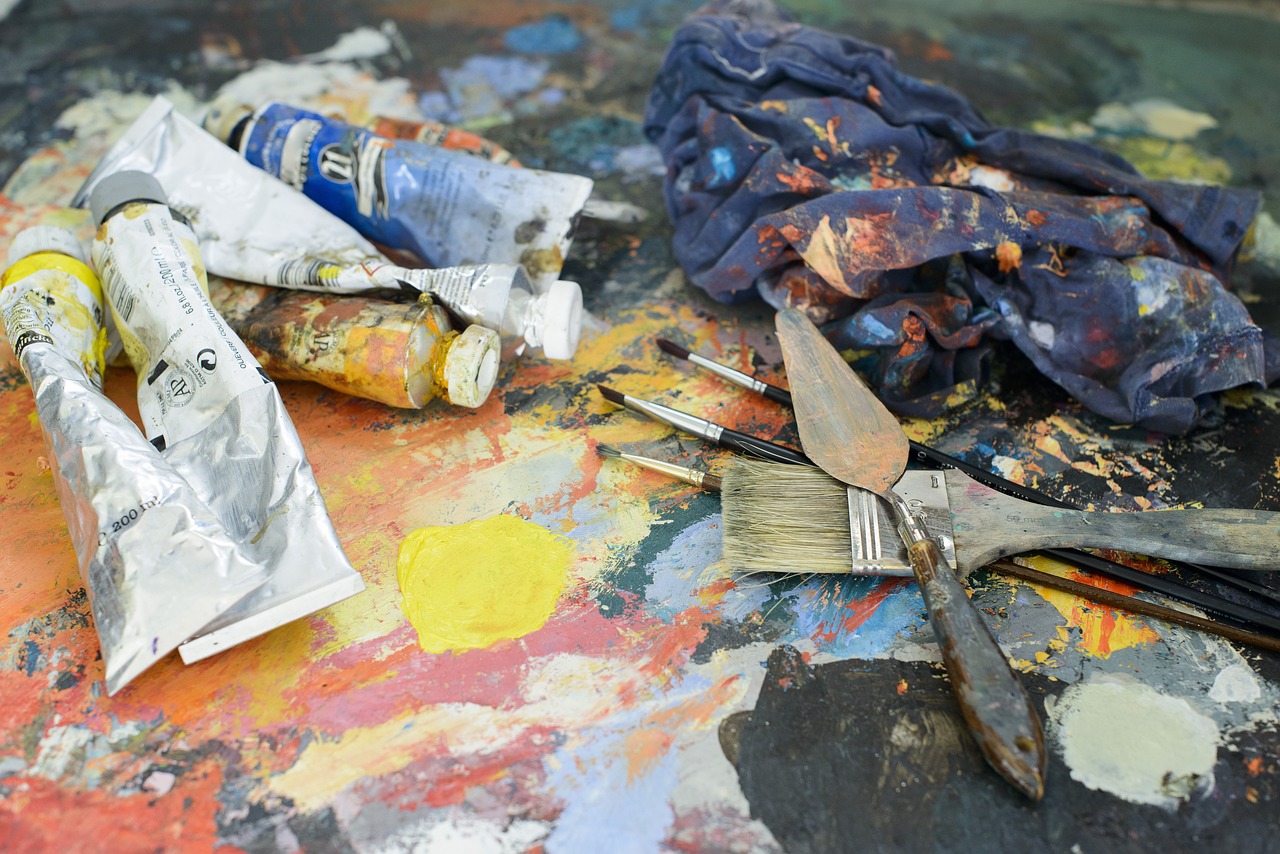
Artisan Crafts and Jewelry
Artisan crafts and jewelry hold a special place in Navajo culture, reflecting the intricate artistry and cultural significance of the Navajo people. At the Navajo Nation Fair, visitors are treated to a dazzling display of traditional crafts and jewelry, each piece telling a story of heritage and craftsmanship passed down through generations. The artistry of Navajo artisans is evident in the intricate designs of silver and turquoise jewelry, handwoven rugs, pottery, and intricate beadwork.
One of the most iconic forms of Navajo artisan crafts is silverwork, where skilled artisans create stunning pieces of jewelry embedded with turquoise, coral, and other precious stones. The craftsmanship and attention to detail in each piece reflect the deep connection to nature and the spiritual beliefs of the Navajo people. These jewelry pieces not only serve as adornments but also carry cultural symbolism and significance, making them cherished heirlooms passed down within families.
Navajo rugs are another prominent feature of artisan crafts at the fair, showcasing intricate geometric patterns and vibrant colors that are unique to Navajo weaving traditions. Each rug is a masterpiece of skill and artistry, with designs that often symbolize elements of nature, spirituality, and Navajo history. The weaving process itself is a labor-intensive art form that requires precision and patience, resulting in beautifully crafted rugs that are highly sought after by collectors and enthusiasts.
Additionally, pottery and beadwork are integral parts of Navajo artisan crafts, with each piece reflecting the cultural heritage and artistic expression of the Navajo people. Navajo pottery is known for its distinctive designs and earthy colors, often featuring traditional motifs and symbols that hold spiritual significance. Beadwork, on the other hand, showcases intricate patterns and vibrant colors, with each bead carefully handcrafted to create stunning jewelry pieces and decorative items.
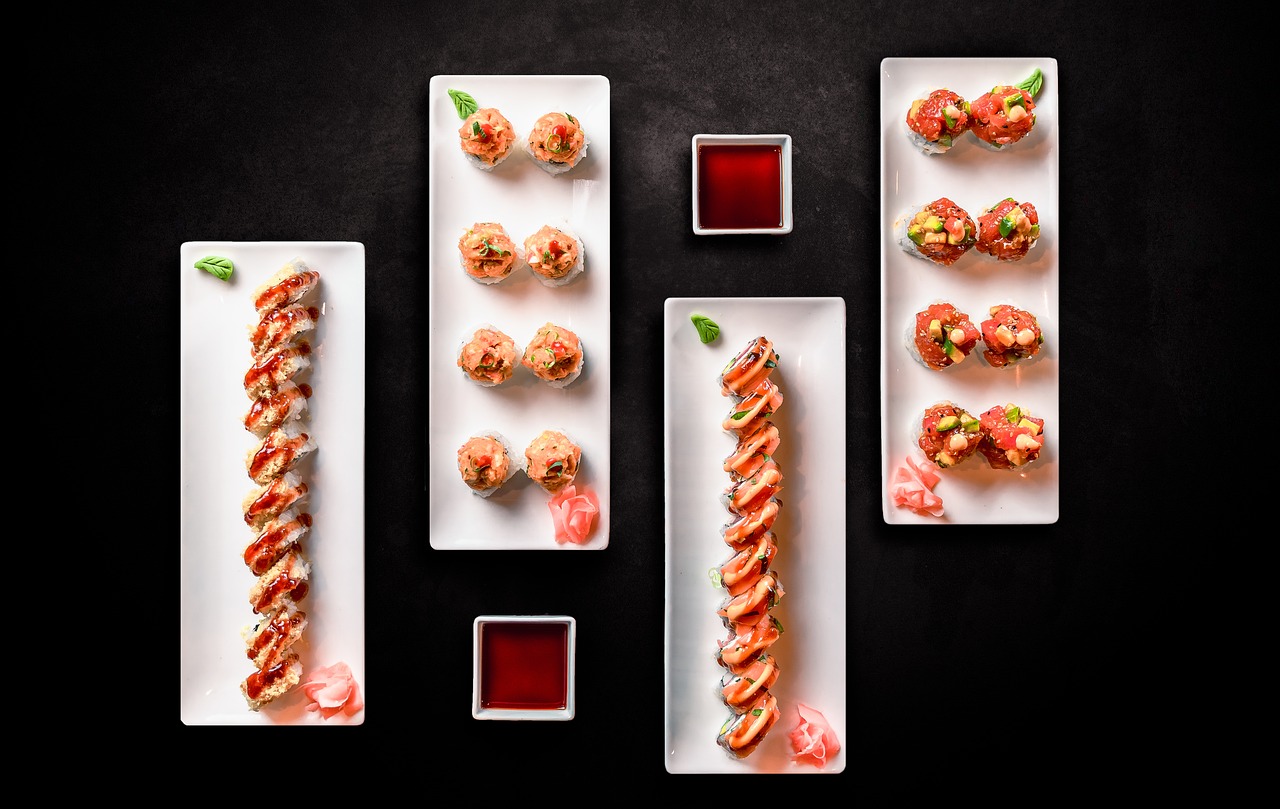
Navajo Cuisine and Culinary Delights
Exploring the heart of the Navajo Nation Fair brings us to a culinary journey like no other, where the flavors of Navajo cuisine tantalize the taste buds and tell stories of tradition and community. The culinary delights served at the fair are more than just food; they are a reflection of the Navajo culture's deep-rooted connection to the land and its people.
One of the highlights of Navajo cuisine is the traditional frybread, a beloved staple that symbolizes resilience and resourcefulness. Made from simple ingredients like flour, water, salt, and baking powder, frybread holds a special place in Navajo gatherings and ceremonies, embodying the spirit of sharing and togetherness.
Another culinary gem found at the Navajo Nation Fair is the Navajo taco, a delicious fusion of frybread topped with savory ingredients like seasoned ground beef, beans, lettuce, cheese, and salsa. This iconic dish not only satisfies hunger but also celebrates the creativity and ingenuity of Navajo cooks who transform simple ingredients into culinary masterpieces.
Exploring further into Navajo cuisine, one encounters dishes like mutton stew, blue corn mush, and roasted corn, each offering a unique blend of flavors and textures that reflect the rich agricultural heritage of the Navajo people. These traditional dishes are not just meals; they are a celebration of the land's bounty and the Navajo people's deep respect for nature.
At the Navajo Nation Fair, food is more than sustenance; it is a way to honor ancestors, connect with community, and pass down cultural traditions to future generations. The culinary delights served at the fair are a feast for the senses, inviting visitors to savor the tastes, aromas, and stories that make Navajo cuisine a true culinary delight.
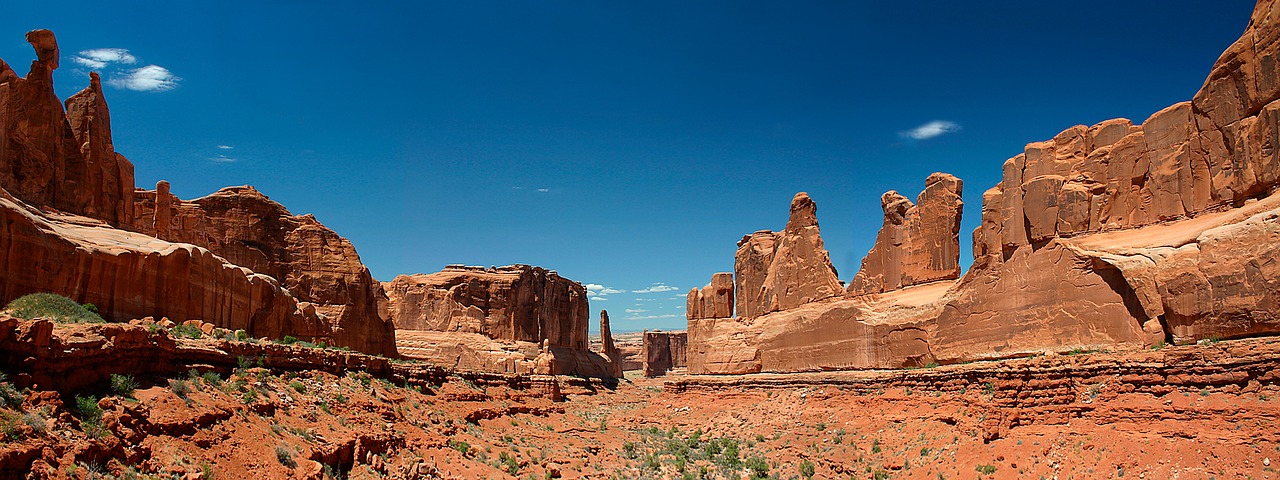
Rodeo Events and Competitions
Rodeo events and competitions are a highlight of the Navajo Nation Fair, showcasing the deep-rooted equestrian traditions and skills of the Navajo people. The thundering hooves of horses, the dust kicked up in the arena, and the cheers of the crowd create an electrifying atmosphere that captivates spectators of all ages.
One of the most anticipated events is the traditional Rodeo, where riders demonstrate their prowess in various disciplines such as bull riding, barrel racing, and steer wrestling. The adrenaline-pumping action and displays of bravery by the competitors keep the audience on the edge of their seats, cheering for their favorite riders.
Aside from the Rodeo, the fair also features Horse Races that highlight the speed and agility of Navajo-bred horses. These races not only showcase the bond between the riders and their horses but also serve as a testament to the importance of horses in Navajo culture.
Competitions such as Team Roping and Bareback Riding further demonstrate the skill and precision required in traditional Navajo horsemanship. Participants display exceptional talent and dedication, embodying the spirit of unity and competition that defines the Navajo Nation Fair.
Throughout the events, the connection between the riders and their horses is palpable, reflecting the deep respect and reverence the Navajo people hold for these majestic animals. The Rodeo events and competitions not only entertain the audience but also serve as a reminder of the rich equestrian heritage that has been passed down through generations.
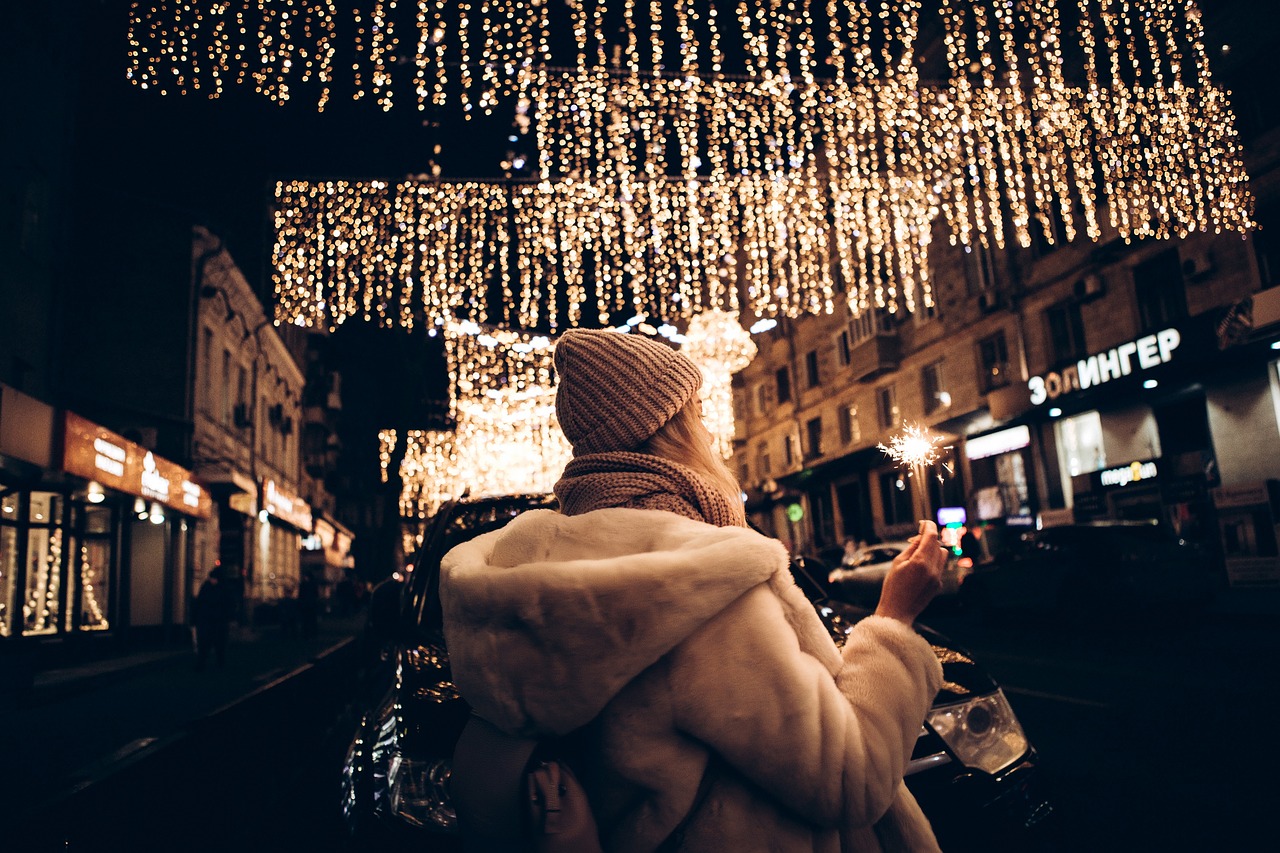
Music and Entertainment Performances
When attending the Navajo Nation Fair, one cannot help but be captivated by the mesmerizing music and entertainment performances that grace the event. The rhythmic beats of traditional Navajo songs, the graceful movements of dancers dressed in vibrant regalia, and the soul-stirring melodies of contemporary Navajo artists all come together to create a rich tapestry of cultural expression.
Visitors to the fair are treated to a diverse range of music genres, from traditional Navajo chants that echo ancient stories and legends to modern interpretations that blend traditional sounds with contemporary influences. The performances not only entertain but also serve as a powerful means of connecting the past with the present, showcasing the resilience and creativity of the Navajo people.
One of the highlights of the music and entertainment segment is the dance performances, where skilled dancers showcase their talent and agility in traditional dances such as the Navajo hoop dance or the eagle dance. These dances are not just for entertainment but are deeply rooted in Navajo spirituality and serve as a way to honor ancestors and connect with the natural world.
Additionally, the fair features a lineup of entertainment acts that cater to all tastes, from comedy shows that bring laughter to the audience to storytelling sessions that weave together tales of Navajo history and culture. The performances are not just a form of amusement but a way to educate and enlighten visitors about the rich heritage of the Navajo people.
Music and entertainment performances at the Navajo Nation Fair are more than just a show; they are a celebration of resilience, creativity, and cultural pride. Through music and dance, the Navajo people continue to keep their traditions alive and share their vibrant culture with the world.
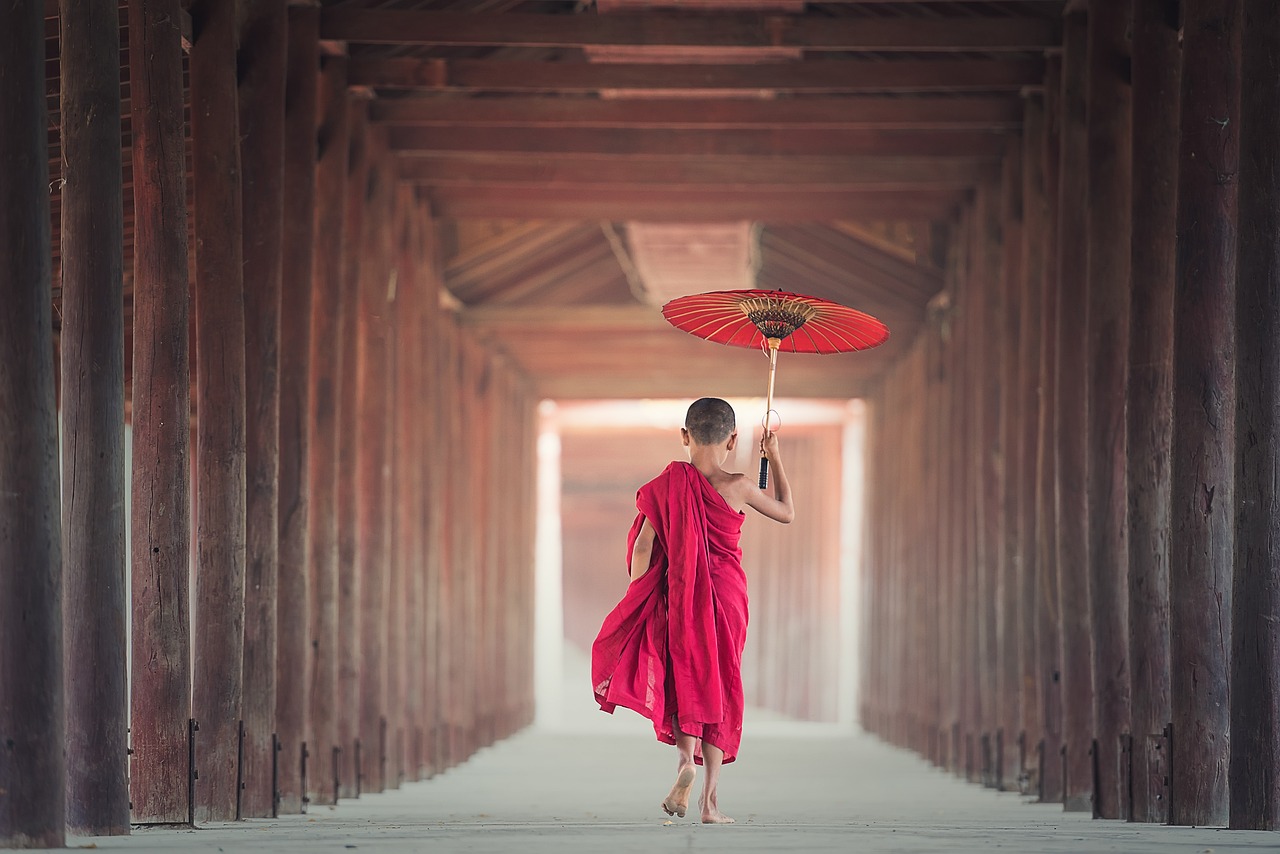
Community Engagement and Cultural Education
Community engagement and cultural education are at the heart of the Navajo Nation Fair, offering visitors a unique opportunity to immerse themselves in the rich traditions of the Navajo people. Through interactive workshops, storytelling sessions, and cultural demonstrations, attendees can gain a deeper understanding of Navajo heritage and customs. The fair provides a platform for intergenerational learning, where elders pass down traditional knowledge to younger generations, ensuring that ancient practices are preserved and celebrated for years to come.
One of the key aspects of community engagement at the Navajo Nation Fair is the emphasis on inclusivity and diversity. People from all backgrounds are welcomed to participate in the festivities, fostering a sense of unity and mutual respect among attendees. Through shared experiences and collaborative activities, the fair promotes cross-cultural understanding and appreciation, creating a space where different communities can come together to celebrate and learn from each other.
Moreover, the fair serves as a hub for cultural exchange, where visitors can interact with Navajo artisans, performers, and educators to gain a firsthand insight into Navajo traditions. From traditional craft demonstrations to language workshops, the fair offers a diverse range of educational opportunities that aim to promote cultural awareness and appreciation. By engaging with Navajo culture in a meaningful way, attendees not only enrich their own knowledge but also contribute to the preservation of an important cultural heritage.
Through its focus on community engagement and cultural education, the Navajo Nation Fair plays a vital role in promoting cultural sustainability and resilience. By creating a space for dialogue, learning, and celebration, the fair empowers individuals to connect with their roots, strengthen community bonds, and take pride in their cultural identity. As a beacon of cultural heritage, the fair continues to inspire and educate people from all walks of life, leaving a lasting impact on those who experience its vibrant traditions.

Impact and Significance of the Navajo Nation Fair
The Navajo Nation Fair holds immense impact and significance in promoting cultural pride, fostering community unity, and preserving the ancient traditions of the Navajo people. This annual event serves as a platform for Navajo individuals to showcase their heritage, skills, and talents, instilling a sense of pride and connection to their cultural roots. Through a diverse range of activities and programs, the fair not only entertains but also educates visitors about the rich history and customs of the Navajo Nation.
One of the key aspects of the fair's significance lies in its role as a cultural preservation tool. By providing a space for traditional ceremonies, dances, and artisan crafts, the Navajo Nation Fair actively works towards safeguarding and passing on age-old practices to younger generations. It serves as a living museum of Navajo culture, ensuring that customs and rituals are not lost to time but rather celebrated and cherished.
Moreover, the fair plays a crucial role in community bonding and unity. It brings together Navajo people from various regions, creating a sense of solidarity and togetherness among community members. Through shared experiences, such as enjoying traditional cuisine, participating in rodeo events, and engaging in cultural activities, individuals strengthen their connections and build lasting relationships.
From an economic standpoint, the Navajo Nation Fair also holds significance. It provides a platform for Navajo artisans, craftsmen, and vendors to showcase and sell their products, contributing to the local economy and supporting small businesses within the community. The fair's impact extends beyond cultural and social realms, influencing the livelihoods and prosperity of those involved in its activities.
Furthermore, the Navajo Nation Fair serves as a symbol of resilience and perseverance for the Navajo people. Despite facing historical challenges and adversities, the fair stands as a testament to the strength and determination of the Navajo Nation in preserving its cultural heritage and traditions. It represents a beacon of hope and pride for future generations, inspiring them to carry forward the legacy of their ancestors.
Frequently Asked Questions
- What is the history behind the Navajo Nation Fair?
The Navajo Nation Fair has a rich history dating back to its establishment in 1938, making it one of the oldest and most significant Native American fairs in the country. It serves as a platform to showcase the cultural heritage and traditions of the Navajo people, celebrating their history and contributions to the community.
- What can visitors expect to see at the Navajo Nation Fair?
Visitors can expect to experience a vibrant display of traditional ceremonies, dances, artisan crafts, jewelry, cuisine, rodeo events, music performances, and educational programs. The fair offers a unique opportunity to immerse oneself in Navajo culture and engage with the community.
- How does the Navajo Nation Fair contribute to cultural preservation?
The Navajo Nation Fair plays a crucial role in preserving and promoting Navajo traditions by providing a platform for cultural exchange, education, and community engagement. It helps pass on ancient practices and values to future generations, ensuring the continuity of Navajo heritage.
- Why is the Navajo Nation Fair significant to the Navajo people?
The Navajo Nation Fair holds immense significance for the Navajo people as it serves as a symbol of cultural pride, unity, and resilience. It fosters a sense of belonging and connection to their roots, reinforcing the importance of preserving their identity and traditions.


